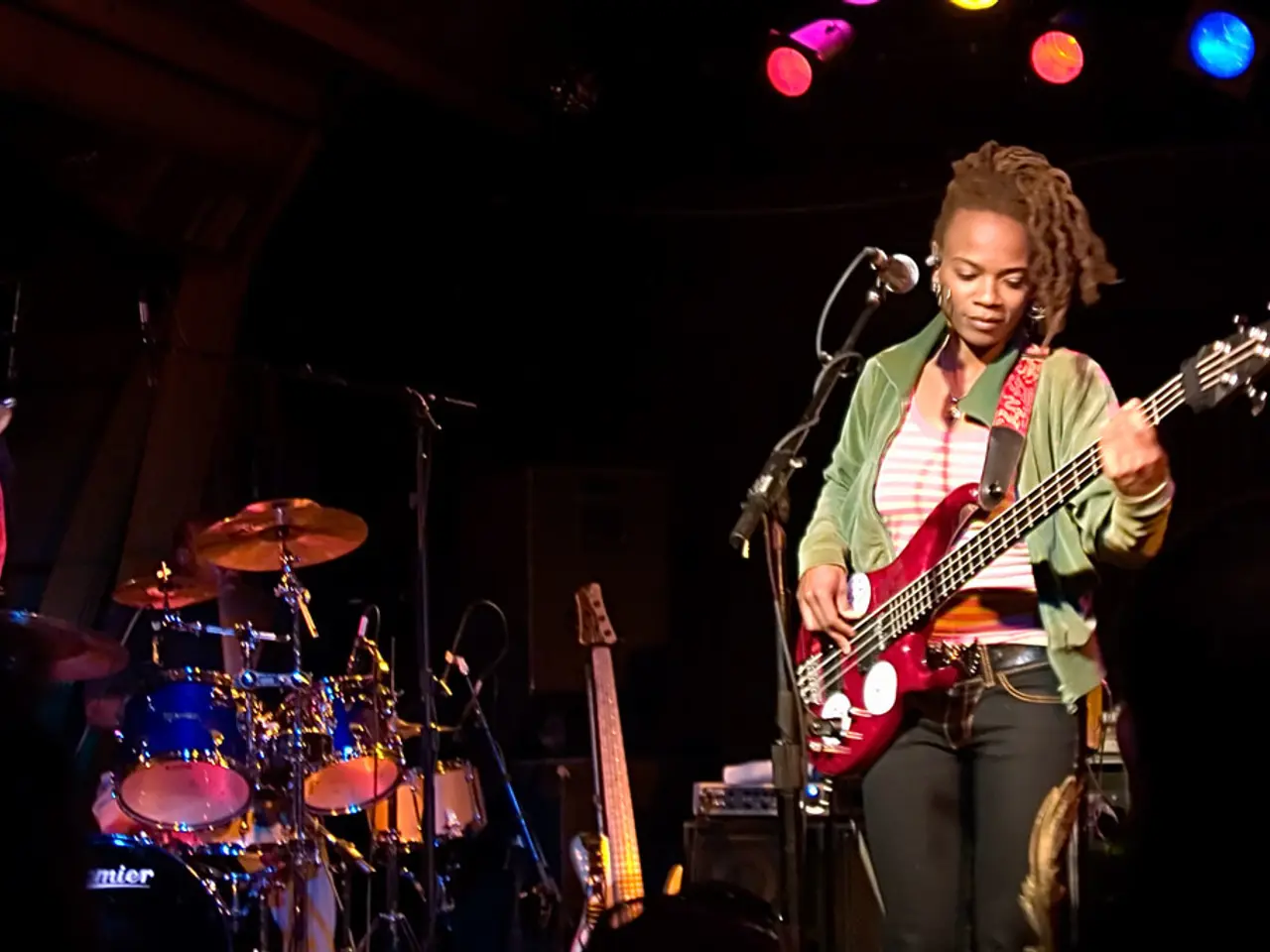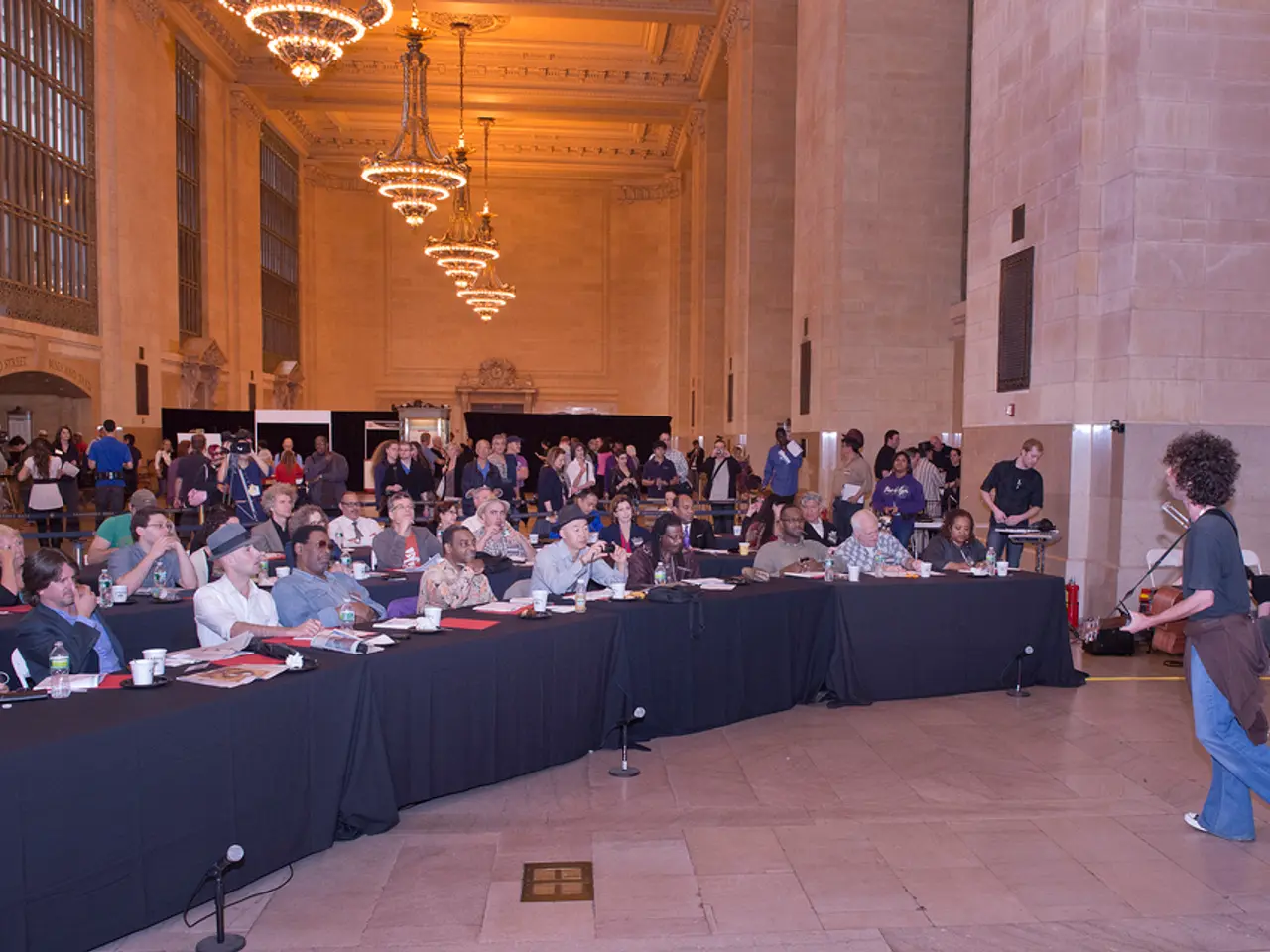Emergence of Women-Focused Suspense Films in Indian Film Industry: Era of Empowering Tales for Females
In Indian cinema, a significant transformation is underway, with the rise of female-centric thriller movies that are breaking down traditional gender stereotypes and providing a platform for women to occupy complex, multi-dimensional roles.
These films, such as Vidya Balan's portrayal of a determined journalist in No One Killed Jessica (2011), and Raveena Tandon's gripping performance in Maatr (2017), offer greater representation for women in roles traditionally dominated by men. With more actresses taking on leading roles and a growing audience demand for diverse narratives, the future of female-centric thrillers looks bright.
Kahaani (2012), directed by Sujoy Ghosh and starring Vidya Balan, is one of the most iconic female-centric thrillers in Indian cinema. This mystery thriller subverted gender expectations by portraying a female protagonist as powerful, resourceful, and determined, breaking the mold of typical female roles in thrillers.
Anurag Kashyap, Sujoy Ghosh, and Kamal Haasan are some of the directors who have paved the way for female-centric thrillers in Indian cinema. Their works, including Andhadhun (2018), a unique blend of thriller, black comedy, and suspense, starring Radhika Apte, Tabu, and Ayushmann Khurrana, and Raazi (2018) with Alia Bhatt as a brave and morally complex female spy, have been instrumental in shaping this new wave of cinema.
Female-centric thrillers tackle issues such as revenge, justice, identity, and resilience, giving women the agency to control their own narratives. For instance, Darlings (2022), starring Alia Bhatt and Shefali Shah, addresses domestic abuse with layered storytelling and strong female leads taking control of their narrative, challenging the victimhood stereotype.
In South Indian cinema, actresses like Anjali have been turning to female-centric thrillers with strong character arcs that focus on complex women protagonists. Anjali’s upcoming undisclosed female-driven suspense thriller marks a continuation of this trend.
On a thematic level, director Sandhya Suri’s debut crime thriller involving two female cops deals with sexism and social biases, highlighting women's roles in traditionally male-driven law enforcement stories thereby challenging stereotypical storytelling.
These films not only entertain but also educate and empower, making them a valuable part of India's cinematic landscape. They center women as complex protagonists who drive the plot through intelligence, bravery, and moral ambiguity rather than as side characters or victims. They address and critique social issues such as violence against women, victim-blaming, consent, and domestic abuse. They break conventional depictions of women in Indian cinema by showing them in roles like spies, detectives, single mothers, and survivors who reclaim agency.
Overall, such female-centric thrillers have expanded the scope of storytelling in Indian cinema, promoting more nuanced and empowering representations of women. They contribute to challenging traditional gender roles by creating narratives where female characters challenge patriarchal norms and systemic oppression, thus influencing audience perceptions and conversations around gender equality.
- In addition to Indian cinema, female-centric thrillers have also made a significant impact in South Indian cinema, with actresses like Anjali embracing strong character arcs in suspense thrillers.
- Beyond cinema, these empowering narratives extend to various forms of entertainment, as football (or soccer) in Europe, specifically the Premier League, also sees female-driven storylines and increased representation of women in sports broadcasting.
- Similar diversity can be found in the world of fashion and beauty, where advertisements, runway shows, and campaigns are increasingly highlighting women in leading roles, challenging outdated beauty standards and promoting self-expression.
- Speaking of self-expression, animation and comedy movies have started featuring strong, independent female characters breaking traditional gender norms, such as Moana (2016) and Inside Out (2015), offering children and adults hope for a more inclusive future.
- Furthermore, the television landscape has accommodated more female-centric drama series, such as The Handmaid’s Tale and Killing Eve, that explore complex storylines and empowering female characters.
- Lastly, the realm of sports journalism is also evolving with more women occupying significant roles as reporters, commentators, and analysts during major games like the FIFA World Cup (football), breaking down gender barriers and opening doors for future generations.






